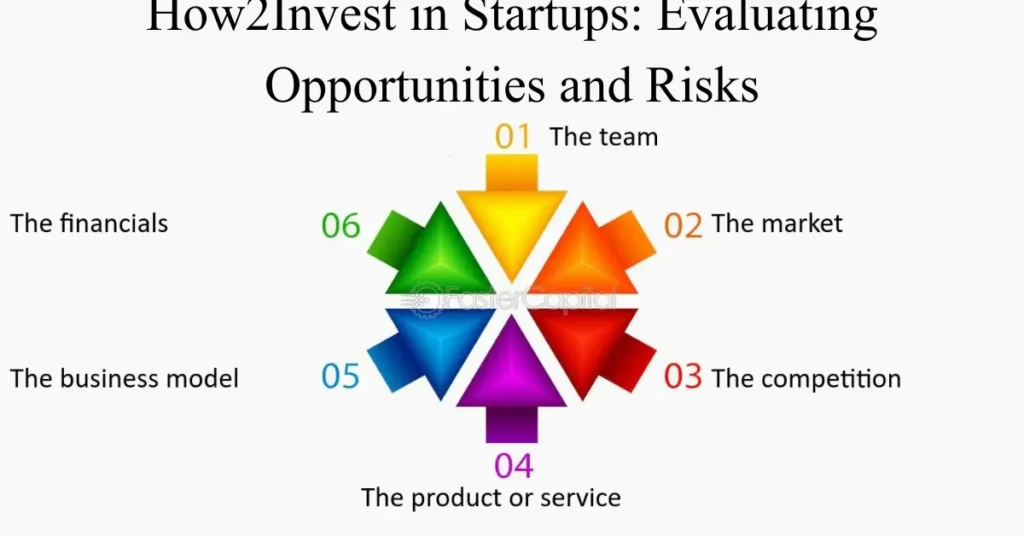Introduction
Have you ever dreamed of being part of the next big thing? Imagine investing in a small, unknown company and watching it grow into how2invest the next Google, Facebook, or Uber. That’s the allure of startup investing – the opportunity to support innovative ideas and potentially reap significant financial rewards.
But before you dive headfirst into the world of startup investing, it’s essential to understand what you’re getting into and how to navigate this exciting yet risky landscape.
In this guide, we’ll take you on a journey through the ins and outs of startup investing. We’ll break down the process, from evaluating opportunities to managing risks and building a diversified portfolio. Whether you’re a seasoned investor or someone exploring this space for the first time, this guide will equip you with the knowledge and tools you need to make informed investment decisions.
How to Invest in Startups: Evaluating Opportunities and Risks
Startup investing isn’t just about throwing money at the latest buzzworthy idea; it’s about carefully evaluating opportunities and understanding the risks involved. In this section, we’ll delve into the key aspects of startup investing, focusing on how to identify promising opportunities and mitigate potential risks along the way.
We’ll discuss the importance of conducting thorough due diligence, understanding the market landscape, assessing the team behind the startup, and analyzing factors like product uniqueness, traction, and scalability. Additionally, we’ll explore the various risks associated with startup investing, including market risks, execution risks, competition risks, and regulatory risks.
By the end of this section, you’ll have a clear understanding of what it takes to evaluate startup opportunities effectively and make informed investment decisions that align with your goals and risk tolerance. So let’s dive in and discover how to navigate the exciting yet unpredictable world of startup investing!
Why is Evaluating Opportunities and Risks Important in Startup Investing?
When it comes to startup investing, the stakes are high, and the landscape is filled with uncertainties. That’s why it’s crucial to carefully evaluate opportunities and risks before making any investment decisions. Here’s why:
Maximizing Returns: Effective evaluation of startup opportunities helps investors identify high-potential ventures with the greatest likelihood of delivering significant returns on investment.
Minimizing Losses: By understanding and mitigating risks, investors can minimize the potential for financial losses and protect their investment capital.
Enhancing Decision-Making: Thorough evaluation provides investors with the insights and information needed to make informed decisions, reducing the likelihood of making impulsive or ill-advised investments.
Building Confidence: A rigorous evaluation process instills confidence in investors, allowing them to feel more secure in their investment choices and strategies.
Aligning with Goals: Evaluating opportunities and risks enables investors to align their investment decisions with their financial goals, risk tolerance, and overall investment strategy.
Supporting Innovation: By investing in promising startups, investors play a vital role in supporting innovation and driving economic growth, fostering the development of groundbreaking technologies and solutions.
What is startup investing, and why is it important to evaluate opportunities and risks?
What are the key factors to consider when evaluating a startup opportunity?
How can I assess the risks associated with startup investing?
What are some common mistakes to avoid when evaluating startup opportunities?
How can I build a diversified startup investment portfolio?
What resources are available to help me learn more about startup investing?
How can I stay updated on my startup investments and track their progress?
What are some potential exit strategies for startup investments?
Conclusion
In the fast-paced world of startup investing, evaluating opportunities and risks is your compass for success. By understanding the key factors, conducting thorough due diligence, and staying informed, you can navigate this exciting landscape with confidence.
Remember, startup investing offers tremendous potential for returns, but it also carries risks. Building a diversified portfolio, staying vigilant, and seeking guidance when needed are essential steps on your journey.
